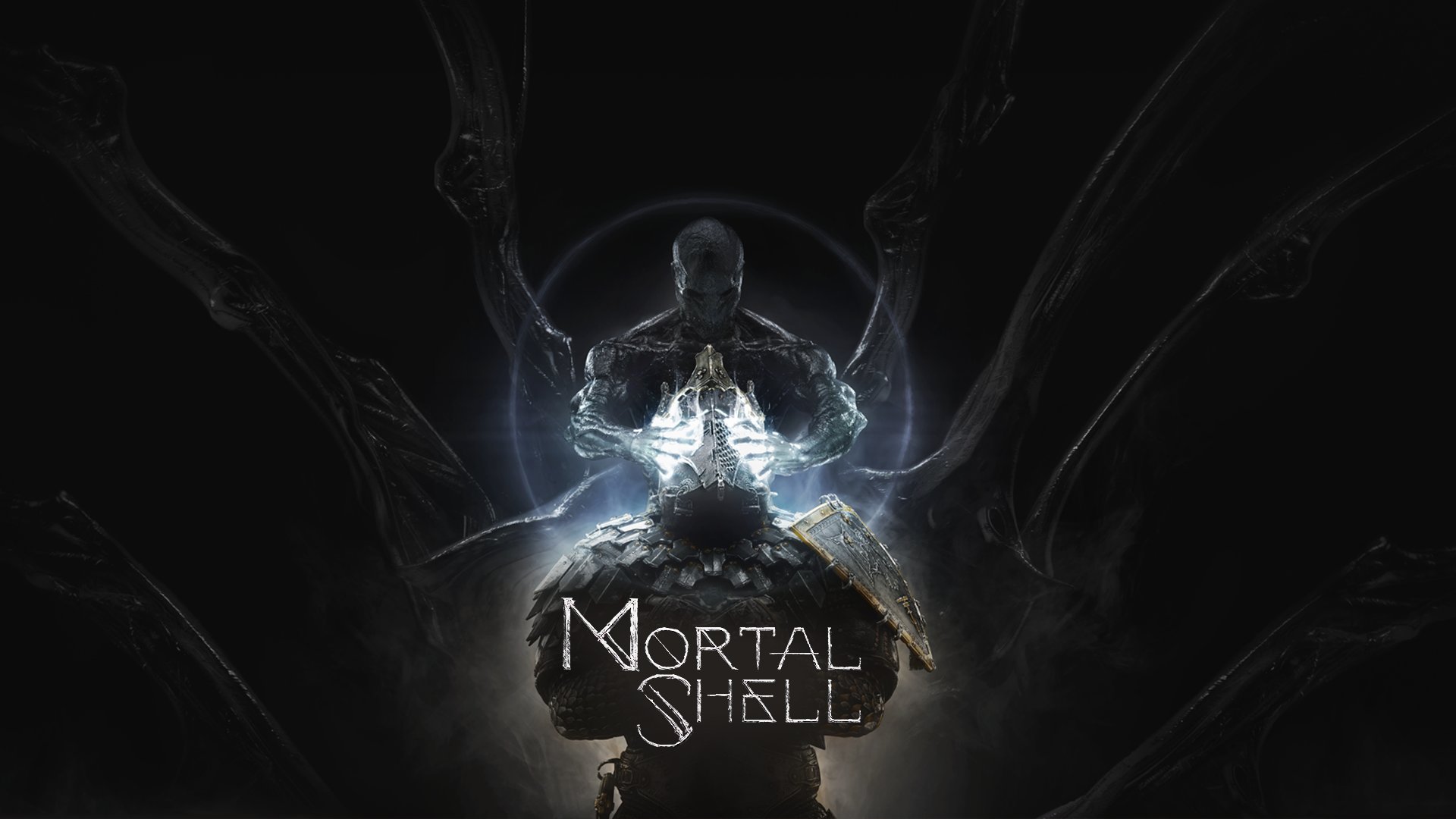
Matheson of the Trench Warfare Supply Department (who reported to Lloyd George) to expedite manufacture of the Stokes mortar. Stokes' design was initially rejected in June 1915 because it was unable to use existing stocks of British mortar ammunition, and it took the intervention of David Lloyd George (at that time Minister of Munitions) and Lieutenant Colonel J.
#Best weapon mortal shell portable#
In the conditions of trench warfare, there was a great need for a versatile and easily portable weapon that could be manned by troops under cover in the trenches. It was not until the Stokes mortar was devised by Sir Wilfred Stokes in 1915 during the First World War that the modern mortar transportable by one person was born. Wilfred Stokes with example of his WWI mortar and bombs. ĭuring the Russo-Japanese War, Lieutenant General Leonid Gobyato of the Imperial Russian Army applied the principles of indirect fire from closed firing positions in the field and, with the collaboration of General Roman Kondratenko, he designed the first mortar that fired navy shells. These answered as Coehorns, and shells were successfully thrown from them into the trenches of the enemy".


Grant reported making mortars "by taking logs of the toughest wood that could be found, boring them out for six- or twelve-pound shells and binding them with strong iron bands. At the Siege of Vicksburg, General Ulysses S. Mortars were heavily used by both sides during the American Civil War. The mortar had fallen out of general use in Europe by the Napoleonic era, although Manby Mortars were widely used on the coast to launch lines to ships in distress, and interest in their use as a weapon was not revived until the beginning of the 20th century. US Army 13-inch mortar "Dictator" was a rail-mounted gun of the American Civil War. High angle trajectory mortars held a great advantage over standard field guns in the rough terrain of the West Highlands of Scotland. An early use of these more mobile mortars as field artillery (rather than siege artillery) was by British forces in the suppression of the Jacobite rising of 1719 at the Battle of Glen Shiel. Mortars played a significant role in the Venetian conquest of Morea, and in the course of this campaign an ammunition depot in the Parthenon was blown up. The Coehorn mortar gained quick popularity, necessitating a new form of naval ship, the bomb vessel. This mortar fired an exploding shell, which had a fuse that was lit by the hot gases when fired. An early transportable mortar was invented by Baron Menno van Coehoorn in 1701. Simply made, these weapons were no more than iron bowls reminiscent of the kitchen and apothecary mortars whence they drew their name. The trajectory of the shell that hit the Parthenon, causing its explosion, is marked.Įarly mortars, such as the Pumhart von Steyr, were large and heavy and could not be easily transported. Įngraving depicting the Venetian siege of the Acropolis of Athens, September 1687. The time of flight of these was apparently long enough that casualties could be avoided by posting observers to give warning of their trajectories. An Italian account of the 1456 siege of Belgrade by Giovanni da Tagliacozzo states that the Ottoman Turks used seven mortars that fired "stone shots one Italian mile high". The first use in siege warfare was at the 1453 siege of Constantinople by Mehmed the Conqueror.

The earliest version of the wan'gu dates back to 1407. The earliest mortars were used in Korea in a 1413 naval battle when Korean gunsmiths developed the wan'gu (gourd-shaped mortar) (완구, 碗口). Still, its accuracy, ease of use, and TTK (time to kill) are enough to make it stand out at the top of the Warzone meta, so we highly recommend giving it a try during Season 5.Mortars have been used for hundreds of years. With it being a Modern Warfare weapon, it’ll feel a bit more sluggish than newer assault rifles, so the Grau might take some getting used to. The Grau 5.56 is most effective at around 30 to 50 meters, where it outshines many of the best assault rifles from previous seasons.

To ensure the weapon is as easy to control as possible, go with the Commando Foregrip Underbarrel, improving the vertical recoil control and reducing its horizontal bounce.įinally, we advise going with the 60 Round Mags to ensure you have plenty of ammo, especially in those bigger team modes. You can use an Optic with this weapon if you’d like, but the iron sights are pretty clean, so instead, we recommend going with the Tac Laser to improve aim-down sights (ADS) speed. The Grau 5.56 is easy to control and has a competitive time to kill following the Season 5 update.


 0 kommentar(er)
0 kommentar(er)
